We are here for you.
Microschool Leaders
Microschool founders and leaders are as diverse and varied as the learners they serve.
The National Microschooling Center is here to be your resource (at no cost to you)! We offer free trainings, resources, community and more. So whether you're just starting your microschooling journey or you've been leading a microschool for you - this is your place. Welcome to the Center.

Trusted by microschools nationwide.

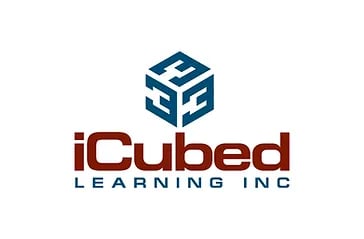


















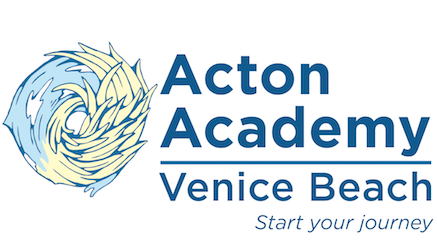

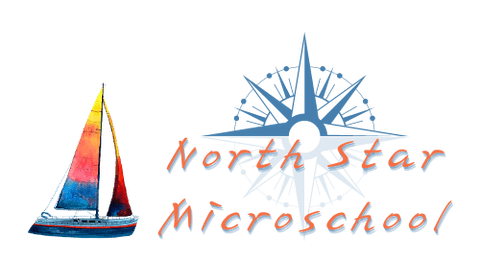




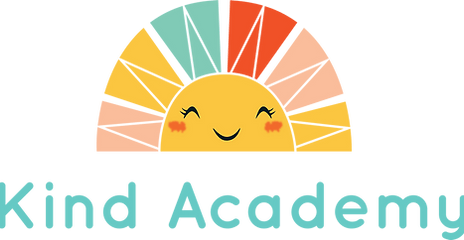


.webp?width=320&height=320&name=Freedom%20Leadership%20Academy%20(1).webp)




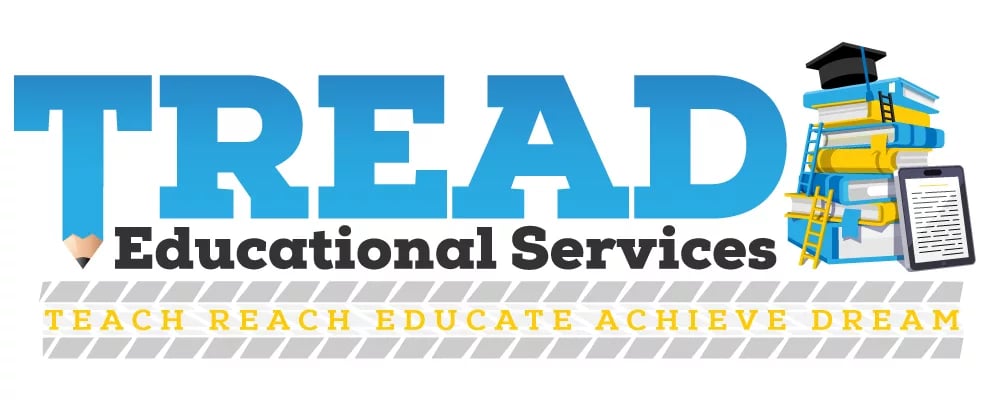

Three Paths of Microschooling
Independent, Partnership, & Provider Network
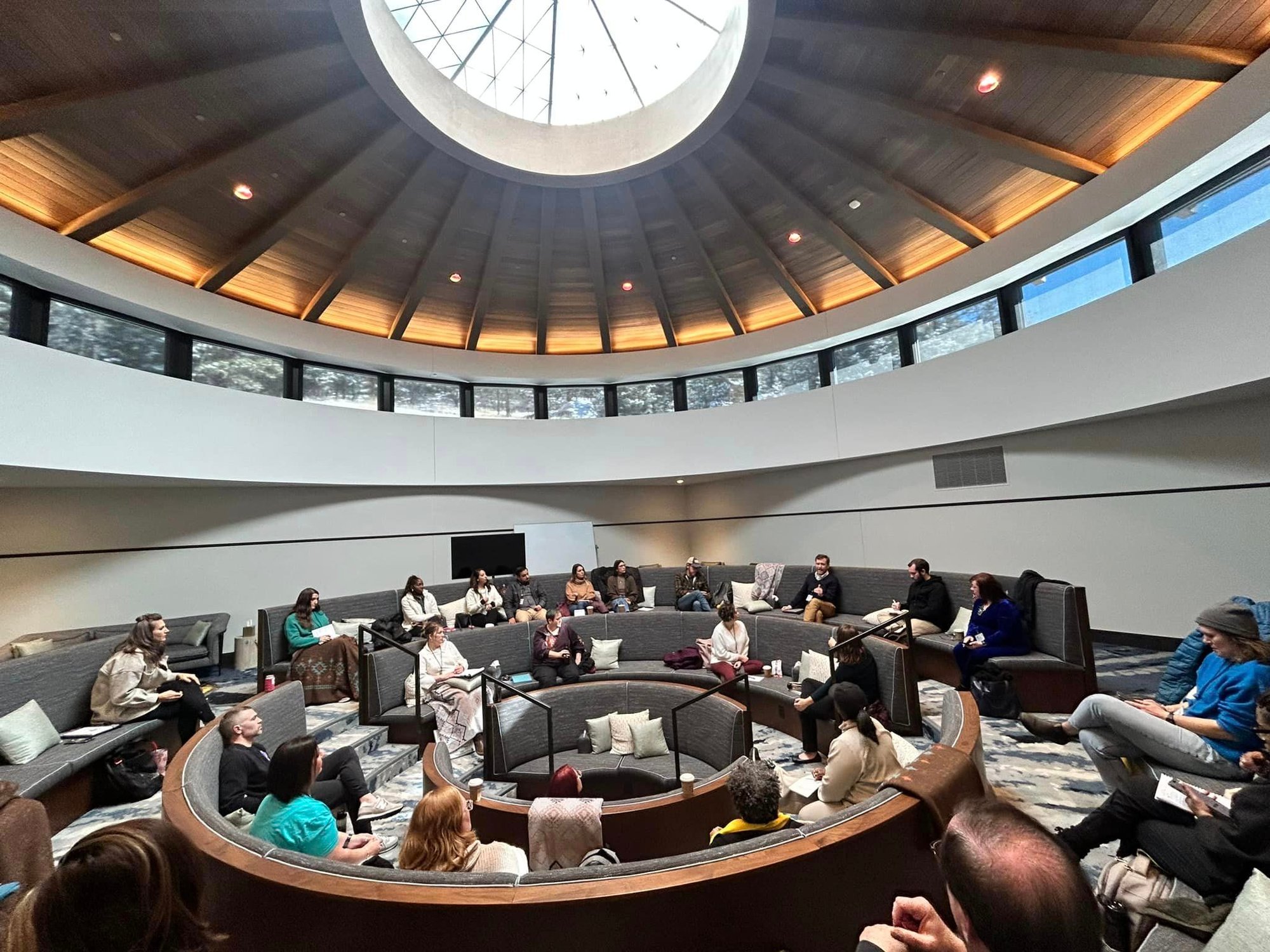
The National Microschooling Center.
The nation's leading resource hub and movement-builder for microschools. This is your movement.
What Are Microschools Saying?
We are incredibly grateful to every microschool leader that has placed their trust in our team.
“Your presentation was so encouraging! I think of my sweet little kids who NEED an alternative to the traditional classroom. Many times you feel as if you’re all alone with your crazy ideas, but finding like minded people makes all the difference! Thank you for all you are doing!”
Heather
Pre-launch microschool founder, indiana
“I have been so blessed to have the support of the National Microschooling Center this year. It can be very isolating to be a microschool owner. The support I have received through the Microschooling center has allowed me to have access to trial curriculum, information on national conferences, and connections with other teachers and educators who are also running microschools. I look forward to a continued relationship with them as I grow and develop my small business."
Rachel
Microschool Founder, Arizona
"Thanks is really not enough for your relentless support of microschools, those of us who run them, and being our voice in the national conversation, but I'm going to say it anyway: thank you!”
Rachel
Microschool Founder, Tennessee
Sign Up for Our Newsletter
Don't miss our weekly Thursday newsletter! Please be sure to check your spam folder if you don't see our newsletter in your inbox.
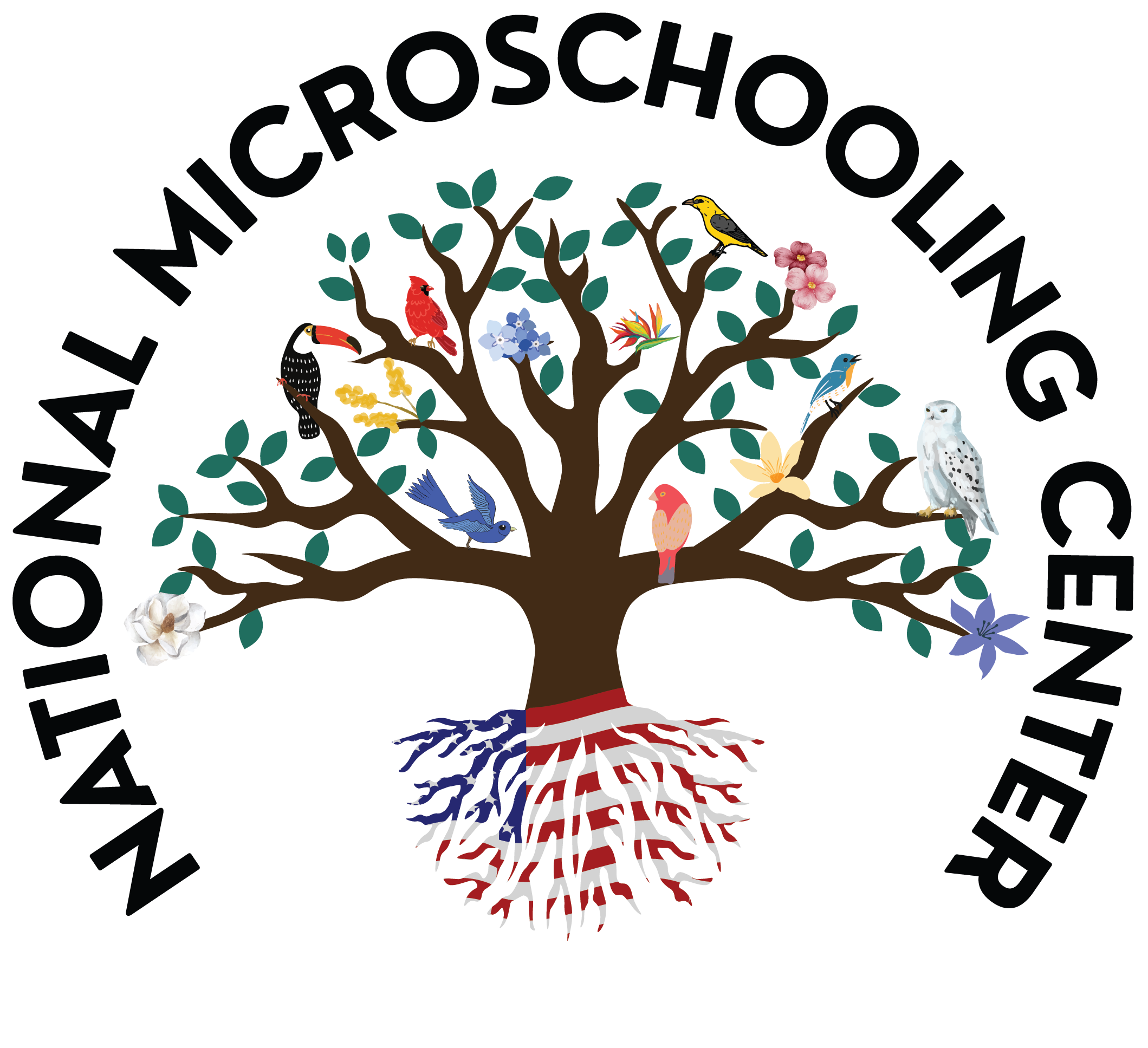
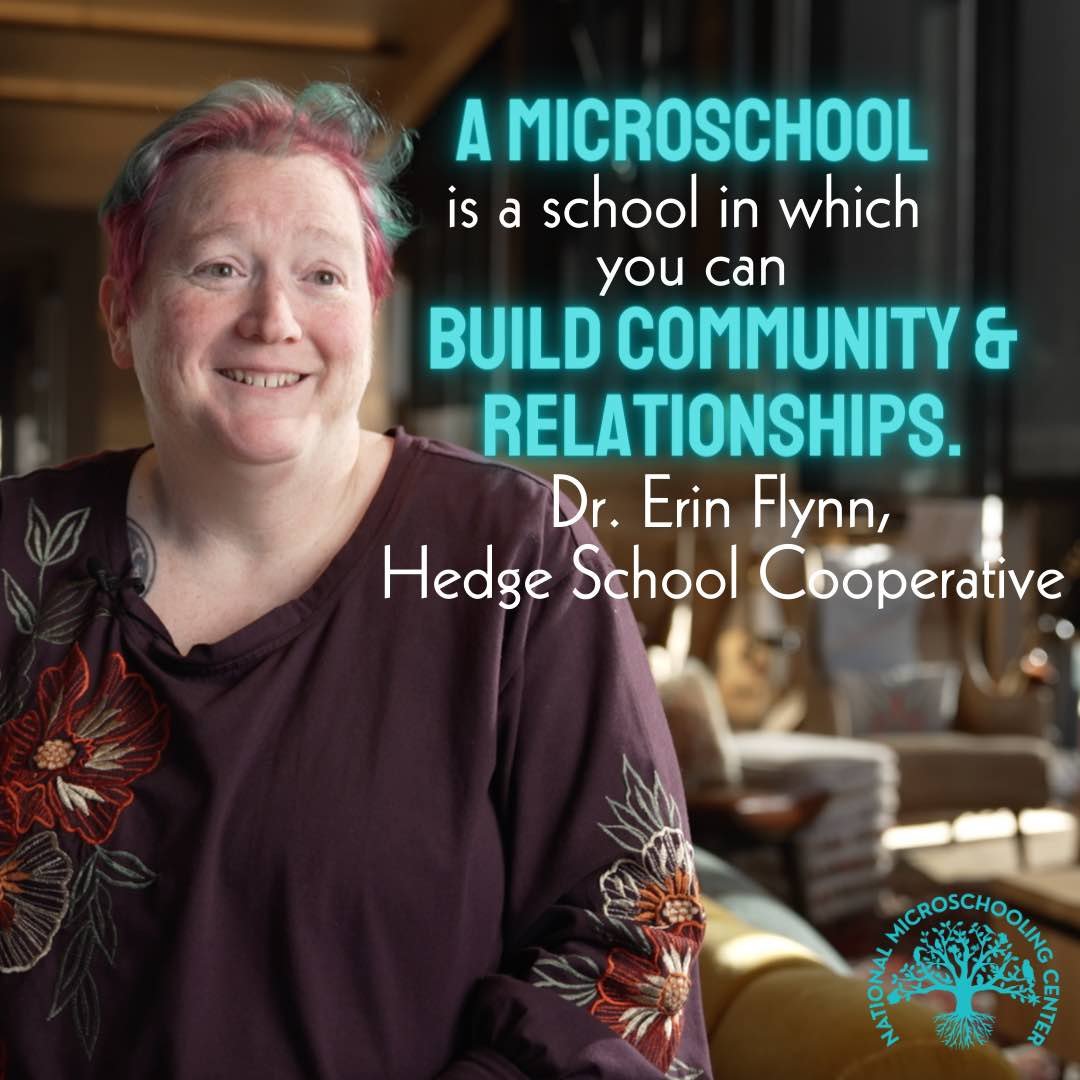
.jpg)
